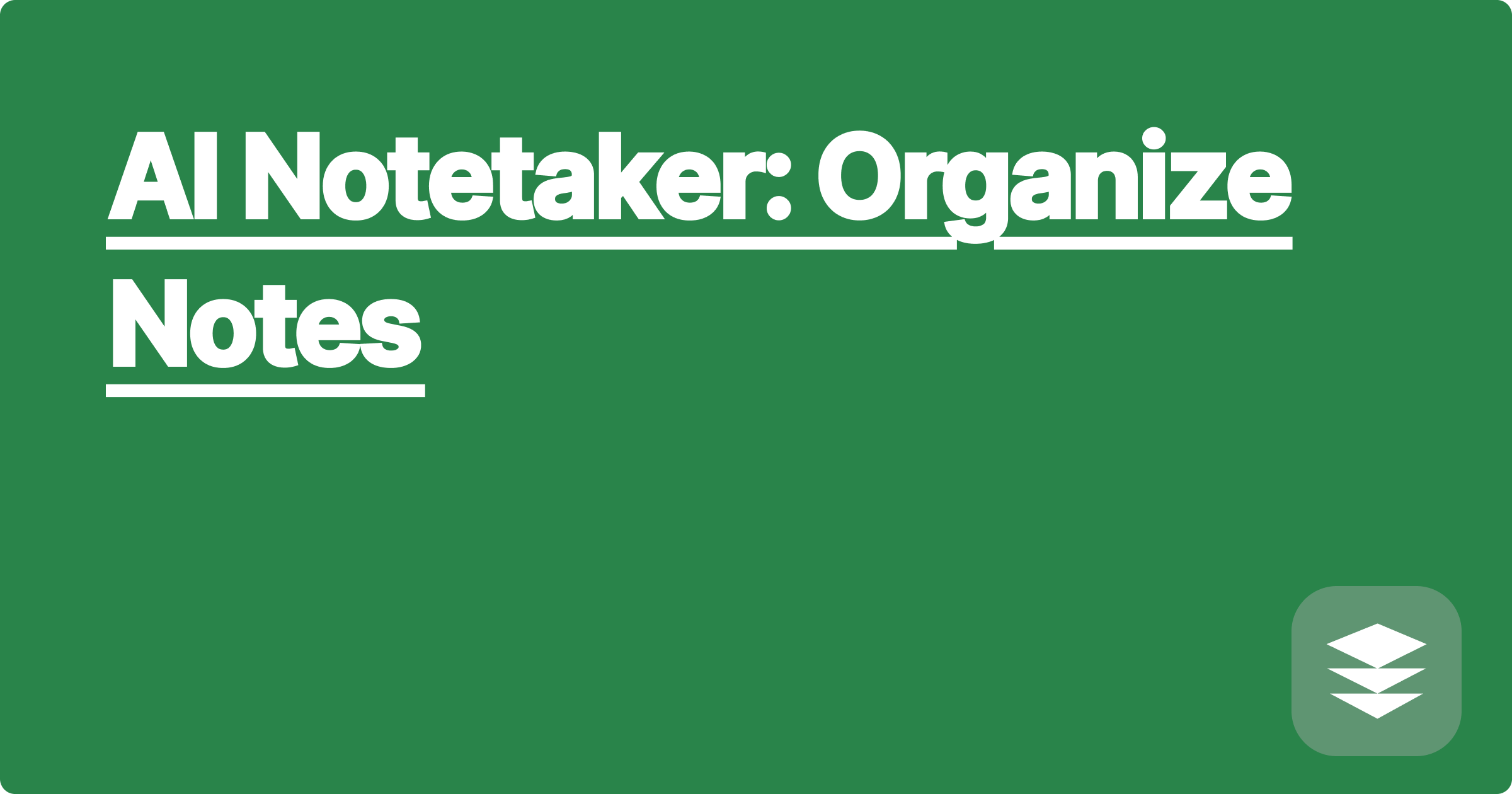
STEM fields are notorious for their demanding coursework and extensive research requirements. Students and researchers alike often find themselves drowning in a sea of notes from lectures, textbooks, research papers, and lab sessions. Organizing and synthesizing this information efficiently is a major challenge, often hindering deep understanding and effective learning. Artificial intelligence offers a powerful set of tools to tackle this challenge head-on, providing innovative ways to organize, synthesize, and ultimately master complex STEM concepts.
This struggle with information overload is particularly acute in STEM, where concepts build upon each other in a complex, interconnected web. Effectively navigating this intricate landscape requires not just collecting information, but also organizing it in a way that facilitates understanding, recall, and application. AI note-taking tools can empower STEM students and researchers to move beyond simple transcription and embrace a more dynamic, interactive approach to knowledge management. This shift can significantly improve learning outcomes, accelerate research progress, and ultimately unlock greater potential in STEM fields.
Traditional note-taking methods, whether handwritten or typed, often fall short in capturing the nuanced relationships between concepts. Linear note structures can make it difficult to see the bigger picture and understand how different pieces of information fit together. Furthermore, searching through pages of notes to find a specific piece of information can be time-consuming and frustrating. The sheer volume of material covered in STEM courses and research projects exacerbates these challenges. Students and researchers spend valuable time sifting through notes, struggling to connect the dots and synthesize information effectively. This inefficient use of time can lead to decreased productivity and hinder the development of a deep understanding of the subject matter. The problem isn't just about capturing information; it's about organizing it in a way that promotes meaningful learning and facilitates the application of knowledge.
AI tools like ChatGPT, Claude, and Wolfram Alpha offer a new paradigm for note organization. These tools can be used to go beyond simple transcription and create dynamic, interconnected knowledge repositories. Instead of passively recording information, you can use AI to actively engage with your notes, summarizing key concepts, identifying relationships between ideas, and generating insightful questions. ChatGPT and Claude, for instance, excel at summarizing lengthy text passages, extracting key takeaways from research papers, and even generating different explanations of complex concepts. Wolfram Alpha can be invaluable for organizing mathematical formulas, scientific data, and performing complex calculations directly within your notes. By integrating these AI tools into your workflow, you can transform your notes from static records into dynamic learning tools.
Begin by importing your existing notes into a digital format. This could involve typing up handwritten notes, scanning documents, or consolidating digital files. Once your notes are digitized, you can start leveraging AI tools. Use ChatGPT or Claude to summarize lengthy passages, creating concise summaries of lectures, textbook chapters, or research papers. Ask the AI to identify key terms and concepts, and then use these as tags or labels to organize your notes. Next, explore the relationships between concepts. You can ask ChatGPT or Claude to explain how different concepts connect or to generate analogies and examples that illustrate their relationships. For mathematical or scientific notes, Wolfram Alpha can be used to verify formulas, perform calculations, and generate visualizations. Finally, use the AI to generate questions about your notes. This can be a powerful way to test your understanding and identify areas where you need further clarification.
Consider a student studying organic chemistry. They could use ChatGPT to summarize the mechanisms of different reactions, then use Wolfram Alpha to visualize the molecular structures involved. They could then ask ChatGPT to compare and contrast different reaction mechanisms, highlighting the key differences and similarities. In another example, a physics researcher could use Wolfram Alpha to organize experimental data and then use ChatGPT to summarize the findings and generate potential interpretations. They could even use the AI to generate code snippets for analyzing the data in more detail. A computer science student studying algorithms could use ChatGPT to explain the logic behind a complex algorithm, then ask the AI to generate different examples of how the algorithm could be applied. These examples demonstrate how AI can be used to not just organize notes but also to deepen understanding and facilitate the application of knowledge.
To maximize the benefits of AI note-taking, develop a consistent workflow. Regularly import and process your notes, using AI tools to summarize, organize, and connect ideas. Don't be afraid to experiment with different AI tools and techniques to find what works best for you. Remember that AI is a tool, not a replacement for critical thinking. Use the AI to enhance your understanding, but always critically evaluate the information it provides. Engage actively with your notes by asking questions, generating examples, and exploring connections between concepts. By actively engaging with the material, you'll solidify your understanding and improve your ability to apply your knowledge. Finally, share your AI-enhanced notes with classmates or colleagues. Collaborating with others can further enhance your learning and lead to new insights.
In conclusion, AI note-taking offers a powerful solution to the challenges of information overload in STEM fields. By leveraging the capabilities of tools like ChatGPT, Claude, and Wolfram Alpha, students and researchers can transform their notes from static records into dynamic learning tools. This approach not only improves organization and efficiency but also fosters deeper understanding and facilitates the application of knowledge. Embracing AI-powered note-taking can be a game-changer for STEM students and researchers, empowering them to excel in their studies and contribute meaningfully to their fields. Start exploring these tools today and unlock the full potential of your notes.
AI Chemistry Solver: Ace Exams
AI Statistics Help: Data Analysis